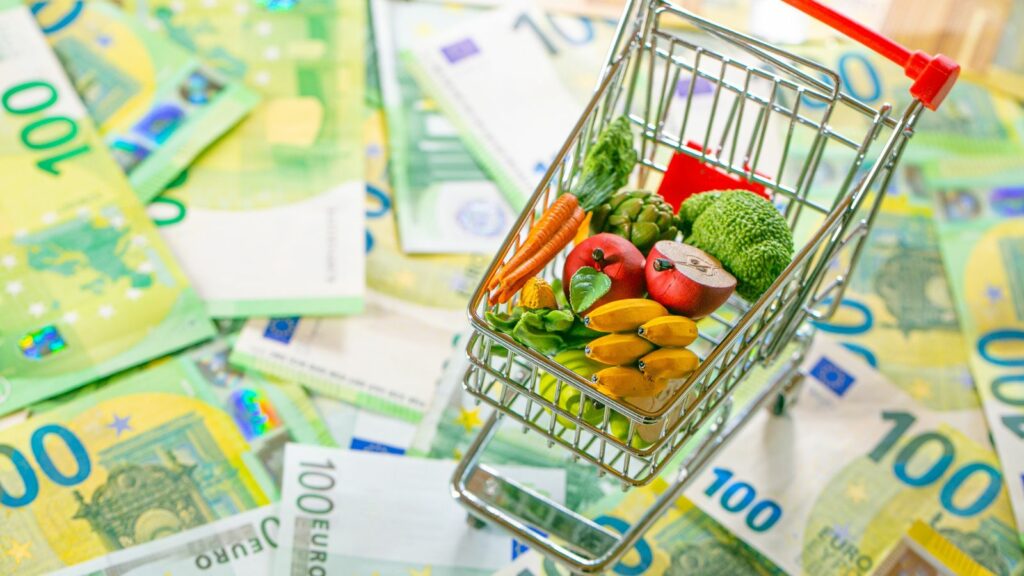Inflation has been a hot topic in recent years and its impact on our daily lives is undeniable. One area where we notice the impact of inflation more than any other is at the grocery store. Rising prices for food and other essentials can put a significant strain on household budgets and this article explores 18 surprising ways it’s impacting your grocery bill:
Shrinking Product Sizes
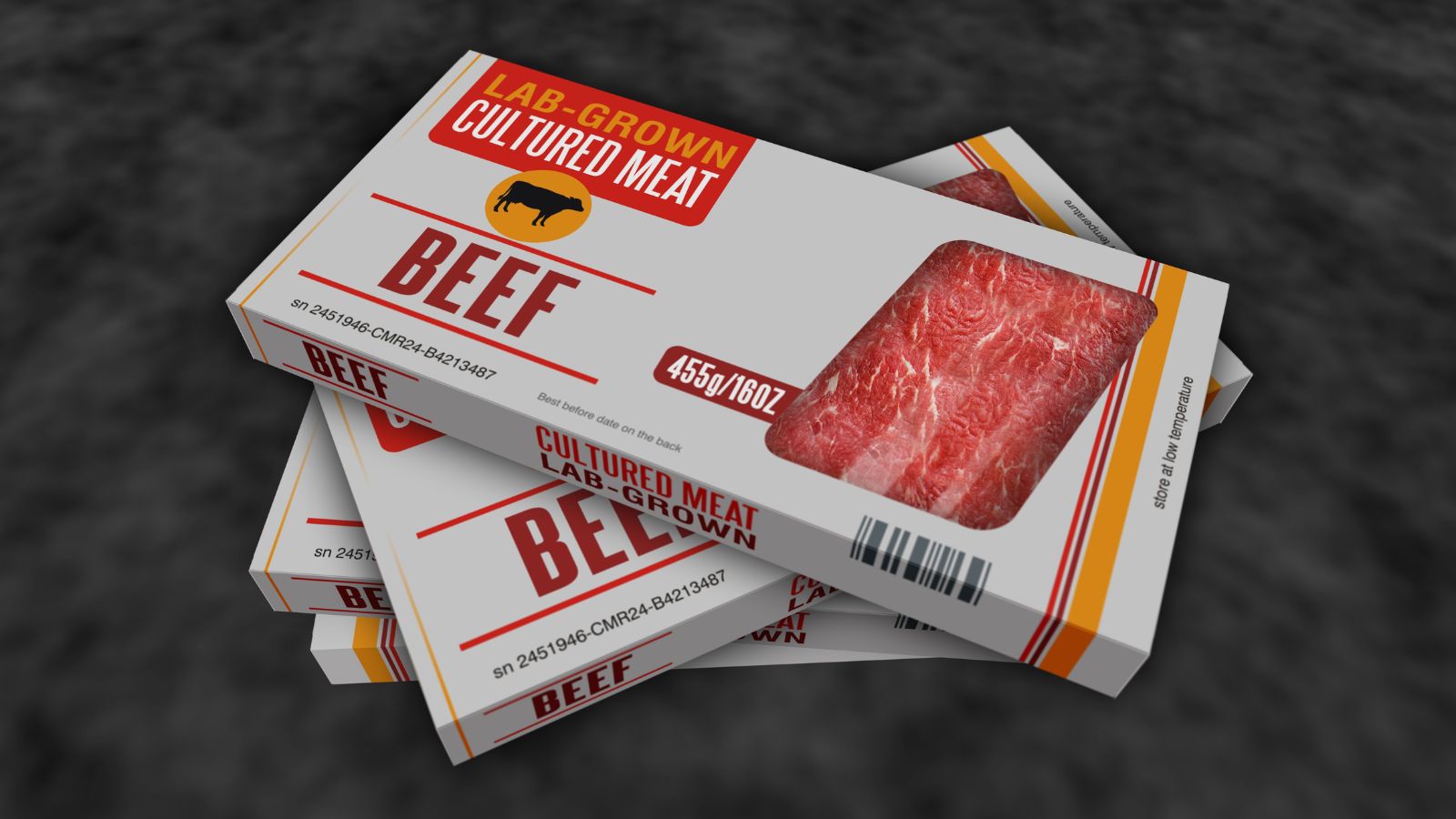
One of the most noticeable ways inflation is hitting your grocery bill is through “shrinkflation,” where manufacturers reduce the size of a product but keep the price the same. You might find that a bag of chips contains fewer ounces or that a box of cereal has shrunk, even though you’re paying the same amount, or more, than before. This tactic allows companies to pass on rising production costs without overtly raising prices.
Increased Packaging Costs

Inflation affects not only the food itself but also the packaging materials. Rising costs for cardboard, plastic and aluminum are driving up the prices of packaged goods. Even items like canned goods and bottled beverages are becoming more expensive due to the inflationary pressures on packaging supplies.
Higher Transportation and Fuel Costs

Transportation is a key factor in getting groceries from farms to stores and rising fuel prices have a direct impact on food costs. As gas and diesel prices increase, the cost to transport food increases, which grocery stores then pass on to consumers in the form of higher prices.
Labor Shortages Driving Up Costs
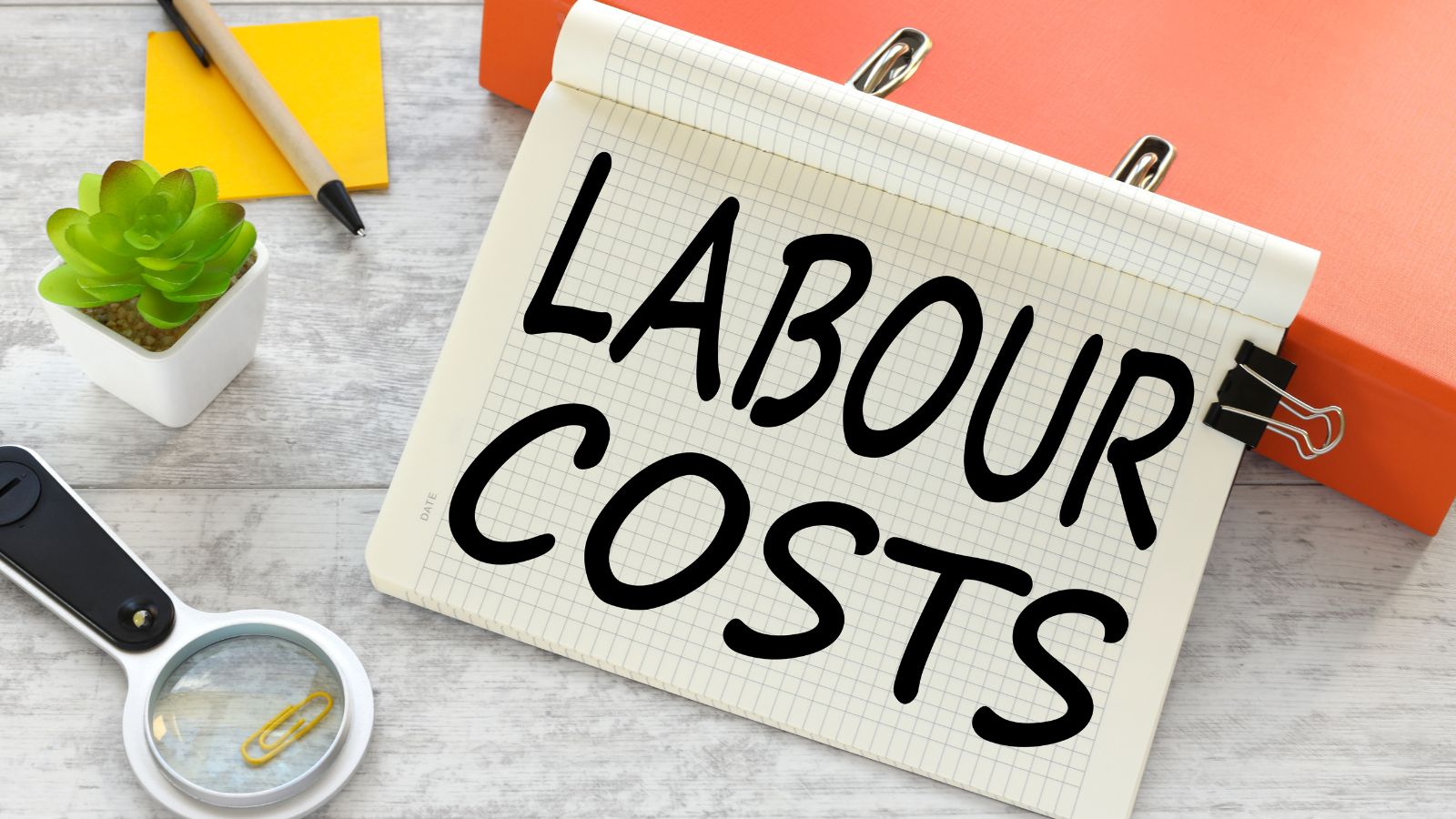
Labor shortages in farming, food processing and retail have forced businesses to increase wages to attract workers. These higher labor costs are being reflected in the prices you see on grocery store shelves, particularly in labor-intensive products like fresh produce and meat.
Imported Goods Cost More

Imported goods like coffee, tea and tropical fruits are becoming more expensive due to inflationary pressures in other countries and higher shipping costs. The global supply chain disruptions, including rising fuel and transport costs, are leading to higher prices on items that must be imported from abroad.
Rising Commodity Prices

The prices of essential commodities like wheat, corn and soybeans have surged in recent years. This increase affects not only the cost of basic ingredients but also many processed foods that contain these commodities. Rising commodity prices are passed on to consumers in everything from bread to pasta to snack foods.
Processed Foods Becoming Pricier
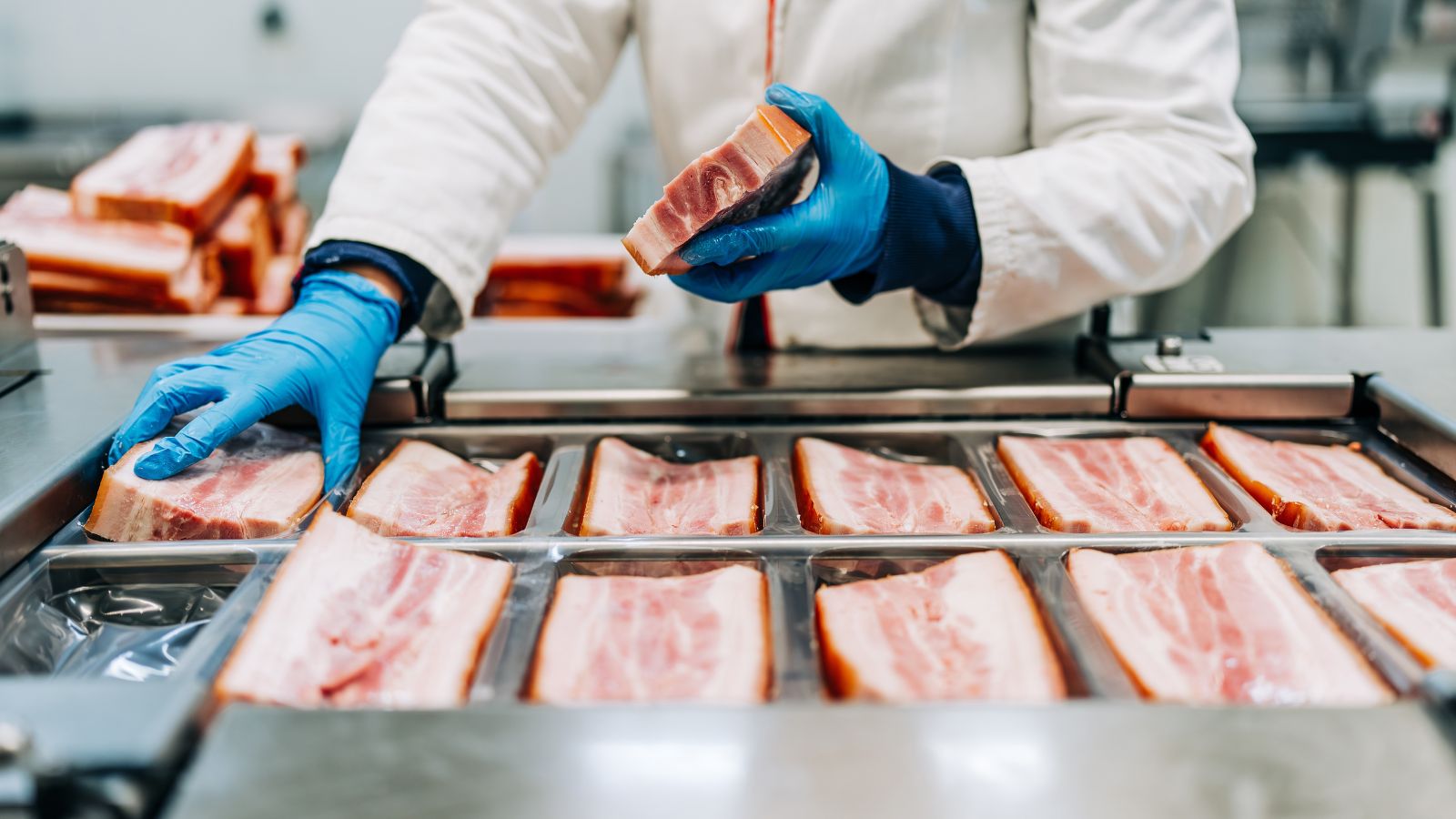
Processed and prepackaged foods have seen some of the steepest price hikes. The increased cost of raw materials, packaging, transportation and labor all contribute to higher prices for items like frozen dinners, canned soups and packaged snacks. As a result, consumers are paying more for the convenience of ready to eat foods.
Increase in Fresh Produce Prices

Fruits and vegetables are also feeling the impact of inflation. Labor shortages, climate-related disruptions and higher transportation costs are pushing up the prices of fresh produce. Seasonal items and organic fruits and vegetables, in particular, have become more expensive, leaving fewer affordable options for healthy eating.
Meat and Dairy Price Increases

The meat and dairy sectors have been heavily affected by inflation, with prices rising significantly for beef, chicken, pork, milk and cheese. Feed costs for livestock, processing expenses, and transportation all contribute to higher prices. Additionally, droughts and supply chain disruptions have led to reduced production in some areas, further tightening supply and driving up costs.
High Prices for Pet Food

Inflation doesn’t just impact human food as pet food prices are also soaring. The same factors affecting meat, grains and packaging apply to pet food, leading to higher costs for feeding your furry family members. Pet food that contains high-quality ingredients like salmon or organic grains is especially subject to inflationary pressures.
Store Brand Prices Rising

Store brands, which are typically the more affordable alternative to name brands, are not immune to inflation. In fact, many store brands have increased their prices significantly as grocery stores face the same rising costs for ingredients and production. Shoppers may find that the price gap between store brands and name brands is narrowing.
More Price Volatility

With inflation impacting nearly every aspect of the food supply chain, prices are becoming more volatile. Items that used to be stable in price from week to week are now subject to sudden increases. For instance, eggs and dairy products may see wild price swings based on fuel prices, feed costs, or disruptions in production.
Steep Increase in Premium Product Pricing

Premium products, such as organic, non-GMO, or gluten-free foods, are seeing even steeper price hikes than their conventional counterparts. These items already come with a higher price tag due to more costly production processes and inflation is making them even less accessible to the average consumer.
Fewer Promotions

Grocery stores are offering fewer promotions, discounts and sales as inflation eats into their profit margins. Consumers who used to rely on coupons or buy-one-get-one-free deals may find it harder to score discounts. Retailers are less willing to cut prices when their own costs are rising, which means shoppers are paying closer to full price more often.
Reliance on Technology for Price Adjustments

To combat rising inflation, some grocery chains are utilizing technology, like dynamic pricing algorithms, to adjust prices based on supply and demand in real time. This means that the cost of certain products might fluctuate more frequently, potentially rising when demand is high or supply is low.
Smaller Grocery Budgets for Low-Income Families
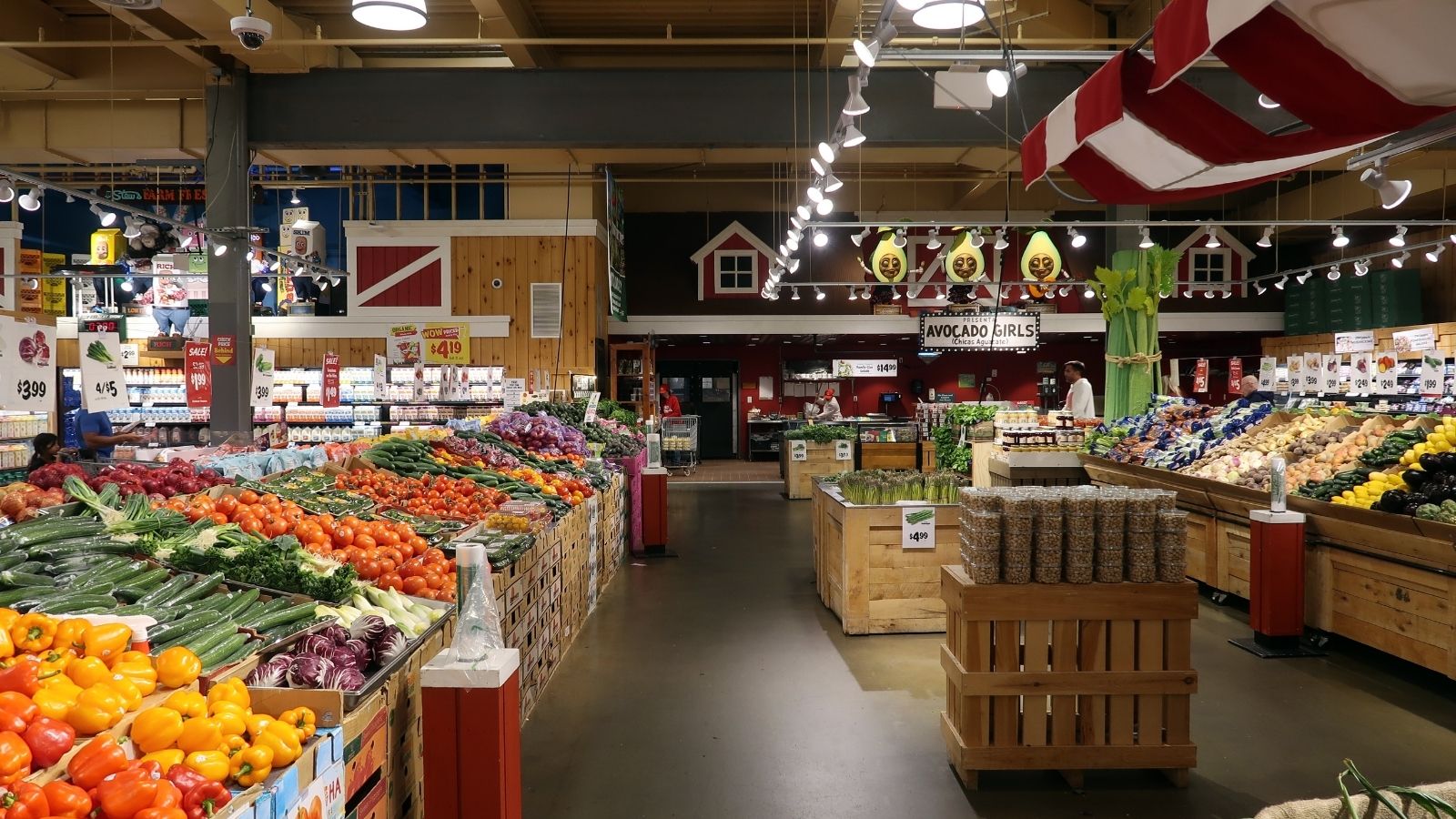
For low-income families, inflation can be especially devastating. As prices rise, these households may be forced to cut back on the quantity or quality of food they buy, opting for cheaper, less nutritious options. This trend has the potential to exacerbate food insecurity and lead to long-term health consequences for those affected.
Higher Prices for Specialty Product

Organic, locally sourced and specialty items like plant-based meat alternatives are seeing steep price hikes. The additional costs associated with organic farming, sustainable practices and production processes are exacerbated by inflation. Consumers looking for healthier or environmentally friendly products may find them increasingly out of reach.
Substituting Cheaper Ingredients
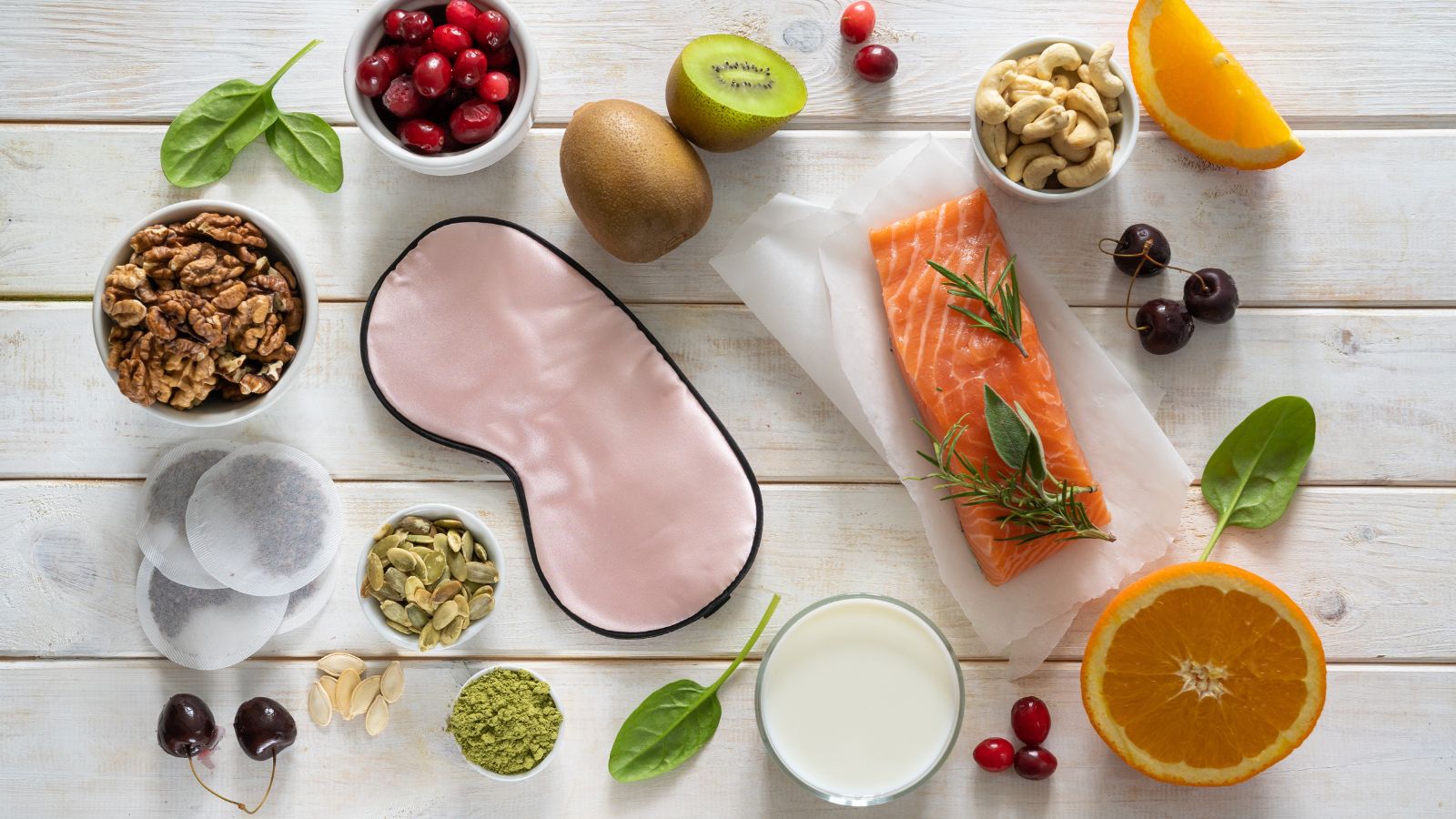
To offset rising costs, some manufacturers are substituting cheaper ingredients in their products without noticeably altering the packaging. This practice, sometimes called “ingredient substitution,” can result in lower-quality foods that still carry the same price tag. For example, snack foods may use less expensive oils or artificial flavorings to keep prices from rising too sharply, though this can affect the product’s nutritional value and taste.
18 Reasons Why People Are Leaving Florida in Masses

Exploring factors that impact the desirability of living in Florida, this list delves into various challenges shaping residents’ experiences. From environmental concerns like rising sea levels to economic factors such as fluctuating job markets, these issues collectively contribute to a nuanced understanding of the state’s appeal.
18 Reasons Why People Are Leaving Florida in Masses
